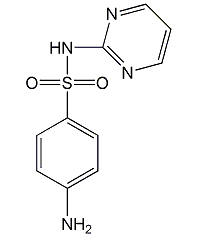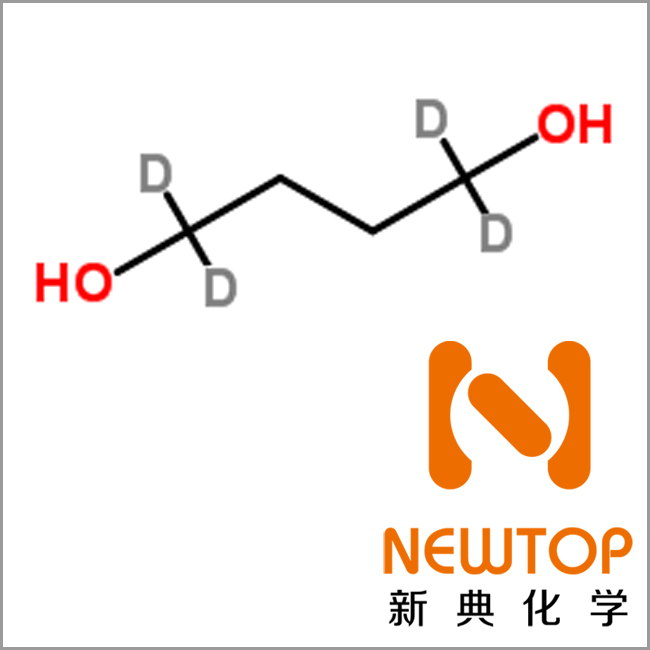
Structural formula
| Business number | 01FC |
|---|---|
| Molecular formula | C8H4Cl6 |
| Molecular weight | 312.84 |
| label |
1,4-Bis(trichloromethyl)benzene, ?,?,?,?’,?’,?’-hexachloro-p-xylene, For hexachlorobenzyl, Hexachloroparaxylene, 1,4-bistrichlorotoluene, ?,?,?,?’,?’,?’-hexachloro-p-xylene, antischistosomiasis drugs |
Numbering system
CAS number:68-36-0
MDL number:MFCD00000791
EINECS number:200-686-3
RTECS number:ZE4655000
BRN number:None
PubChem ID:None
Physical property data
1. Properties: White needle-like crystals or crystalline powder, with a special odor and tasteless. It will slowly decompose when exposed to light and alkali and become acidic
2. Density (g/mL, 25/4?): Uncertain
3. Relative vapor density (g/mL, Air=1): Uncertain
4. Melting point (ºC): 106-110
5. Boiling point (ºC, normal pressure): 312
6 . Boiling point (ºC, 5.2kPa): Uncertain
7. Refractive index: Uncertain
8. Flash point (ºC): Uncertain
9 . Specific rotation (º): Uncertain
10. Autoignition point or ignition temperature (ºC): Uncertain
11. Vapor pressure (kPa, 25ºC): Uncertain
12. Saturated vapor pressure (kPa, 60ºC): Uncertain
13. Heat of combustion (KJ/mol): Uncertain
14. Critical temperature (ºC): Uncertain
15. Critical pressure (KPa): Uncertain
16. Log value of oil-water (octanol/water) partition coefficient: Uncertain
17. Explosion upper limit (%, V/V): Uncertain
18. Explosion lower limit (%, V/V): Uncertain
19. Solubility : Insoluble in water, easily soluble in ethanol, xylene, petroleum ether and vegetable oil, etc.
Toxicological data
Acute toxicity: Rat oral LD50: 3200 mg/kg; Breeding: Rat oral TDLo: 2330 mg/kgSEX/DURATION: male 26 week(s) pre-mating; Rat oral TDLo: 2330 mg/kgSEX/ DURATION: female 26 weeks(s) pre-mating;
Ecological data
None
Molecular structure data
1. Molar refractive index: 64.32
2. Molar volume (cm3/mol): 192.0
3. Isotonic volume (90.2K): 495.2
4. Surface tension (dyne/cm): 44.2
5. Polarizability (10-24cm3): 25.50
Compute chemical data
1. Reference value for hydrophobic parameter calculation (XlogP): None
2. Number of hydrogen bond donors: 0
3. Number of hydrogen bond acceptors: 0
4. Number of rotatable chemical bonds: 0
5. Number of tautomers: none
6. Topological molecule polar surface area 0
7. Number of heavy atoms: 14
8. Surface charge: 0
9. Complexity: 161
10. Number of isotope atoms: 0
11. Determine the number of atomic stereocenters: 0
12. Uncertain number of atomic stereocenters: 0
13. Determine the number of chemical bond stereocenters: 0
14. Number of uncertain chemical bond stereocenters: 0
15. Number of covalent bond units: 1
Properties and stability
None
Storage method
Store in an airtight container away from light.
Synthesis method
Using mixed xylene as raw material, it is first sulfonated with 98% sulfuric acid to generate m-xylene sulfonate. The oil layer containing o- and p-xylene is separated from the sulfonation reaction product, washed with water, dried, and o- and p-xylene is distilled under reduced pressure. The by-product m-xylene can be obtained by hydrolysis of m-xylene sulfonate. 1,4-bis(trichloromethyl)benzene is obtained by chlorination of o- and p-xylene: put o- and p-xylene into the reaction pot, and then add benzoyl peroxide and triethanolamine. After heating to 70°C, introduce chlorine gas under light irradiation, react at 70-80°C for 6 hours, and then raise the temperature to 100-120°C to continue the reaction until the relative density of the reaction solution reaches 1.560-1.580 (65°C), which is the end point of the reaction. Stop passing chlorine and remove residual chlorine under reduced pressure. Cool to 5°C, filter, wash to obtain crude product, recrystallize, and decolorize with activated carbon to obtain finished product.
Purpose
Anti-schistosomiasis drugs. It has certain effects on liver fluke disease, amoebiasis, malaria and intestinal nematodes. However, adverse reactions to the nervous system are more common, and delayed reactions last longer.
extended-reading:https://www.newtopchem.com/archives/1021extended-reading:https://www.bdmaee.net/nt-cat-a-233-catalyst-cas1372-33-9-newtopchem/extended-reading:https://www.newtopchem.com/archives/category/products/page/55extended-reading:https://www.bdmaee.net/dimethyltin-dichloride/extended-reading:https://www.newtopchem.com/archives/category/products/page/101extended-reading:https://www.newtopchem.com/archives/44762extended-reading:https://www.newtopchem.com/archives/44671extended-reading:https://www.cyclohexylamine.net/n-methyl-methylcyclohexylamine/extended-reading:https://www.morpholine.org/category/morpholine/page/5404/extended-reading:https://www.cyclohexylamine.net/polyurethane-tertiary-amine-catalyst-dabco-2039-catalyst/


![FASCAT 4224 catalyst CAS 68298-38-4 Dibutyl tin bis (1-thioglycerol) 1,2-Propanediol,3,3'-[(dibutylstannylene)bis(thio)]bis-; Dibutyltinbis(1-thiolglycerol)](https://www.zriverchem.vip/wp-content/uploads/2021/06/2-4-300x193.jpg)
